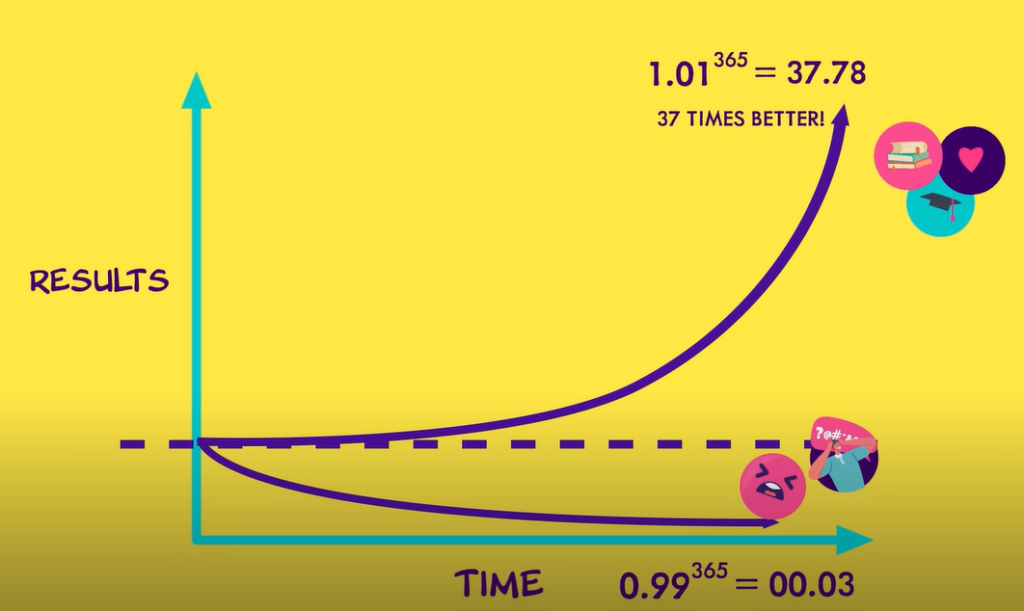
Blog Based on
I am not sure if i can do this justice a full watch of this Video is recommended
and the book

https://www.amazon.co.uk/Ultra-Processed-People-Stuff-That-Isnt-ebook
Introduction
In our modern world, where convenience often takes precedence over health, many of us find ourselves succumbing to the allure of junk food. Dr. Chris Van Tulleken, a renowned medical doctor and television presenter, has extensively studied the reasons behind our cravings for unhealthy foods and offers practical solutions to curb this tendency. Understanding the science behind our cravings and implementing effective strategies can help us make healthier choices and improve our overall well-being.
The Science Behind Our Cravings
Dr. Van Tulleken explains that our cravings for junk food are rooted in our biology and the food industry’s manipulation of our natural instincts. Here are some key factors contributing to our cravings:
- Evolutionary Biology: Our ancestors relied on high-calorie foods for survival. In the past, when food was scarce, consuming energy-dense foods like fats and sugars was crucial for survival. Today, these instincts persist, driving us towards calorie-rich junk food.
- Food Engineering: The food industry employs sophisticated techniques to make junk food irresistible. These foods are engineered to hit the “bliss point,” a perfect combination of salt, sugar, and fat that triggers pleasure centers in our brains, making us crave more.
- Addictive Properties: Junk food can be as addictive as drugs. The combination of sugar and fat can lead to a release of dopamine, the brain’s pleasure chemical, creating a cycle of craving and consumption similar to addictive substances.
- Psychological Triggers: Stress, boredom, and emotional distress can trigger cravings for comfort foods. Junk food often provides a temporary sense of relief, reinforcing the habit of turning to unhealthy snacks in times of need.
Strategies to Curb Cravings
Understanding the reasons behind our cravings is only half the battle. Dr. Van Tulleken offers practical strategies to help us break free from the grip of junk food:
- Mindful Eating: Practicing mindfulness can help us become more aware of our eating habits and cravings. By paying attention to what we eat and how it makes us feel, we can make more conscious food choices.
- Healthy Substitutes: Replacing junk food with healthier alternatives can satisfy our cravings without the negative health impacts. Fresh fruits, nuts, and whole grains can provide the same pleasure without the guilt.
- Plan and Prepare: Planning meals and snacks ahead of time can help us avoid impulsive junk food consumption. Keeping healthy snacks readily available can reduce the temptation to reach for unhealthy options.
- Understand Labels: Becoming familiar with food labels and ingredients can help us make informed choices. Avoiding products with added sugars, artificial flavors, and unhealthy fats can significantly improve our diet.
- Hydration: Sometimes, our body confuses thirst with hunger. Staying well-hydrated can reduce unnecessary cravings and promote overall health.
- Sleep and Exercise: Adequate sleep and regular physical activity can regulate hormones that control hunger and cravings. A well-rested and active body is less likely to crave junk food.
- Seek Support: Making dietary changes can be challenging. Seeking support from friends, family, or a professional can provide the motivation and accountability needed to stay on track.
The Journey to Healthier Habits
Transitioning away from junk food is a journey that requires patience and persistence. Dr. Van Tulleken emphasizes the importance of understanding our cravings, making gradual changes, and celebrating small victories along the way. By implementing these strategies, we can take control of our eating habits and move towards a healthier, more balanced lifestyle.
Ultimately, breaking free from the grip of junk food is not just about willpower; it’s about understanding the science behind our cravings and making informed, mindful choices. With the guidance of experts like Dr. Chris Van Tulleken, we can empower ourselves to overcome these challenges and lead healthier, happier lives.
Related reading
https://www.nhs.uk/live-well/eat-well/how-to-eat-a-balanced-diet/what-are-processed-foods/
https://www.healthline.com/nutrition/how-to-eat-less-processed-food
https://www.bbcgoodfood.com/howto/guide/ultra-processed-foods-what-to-avoid









